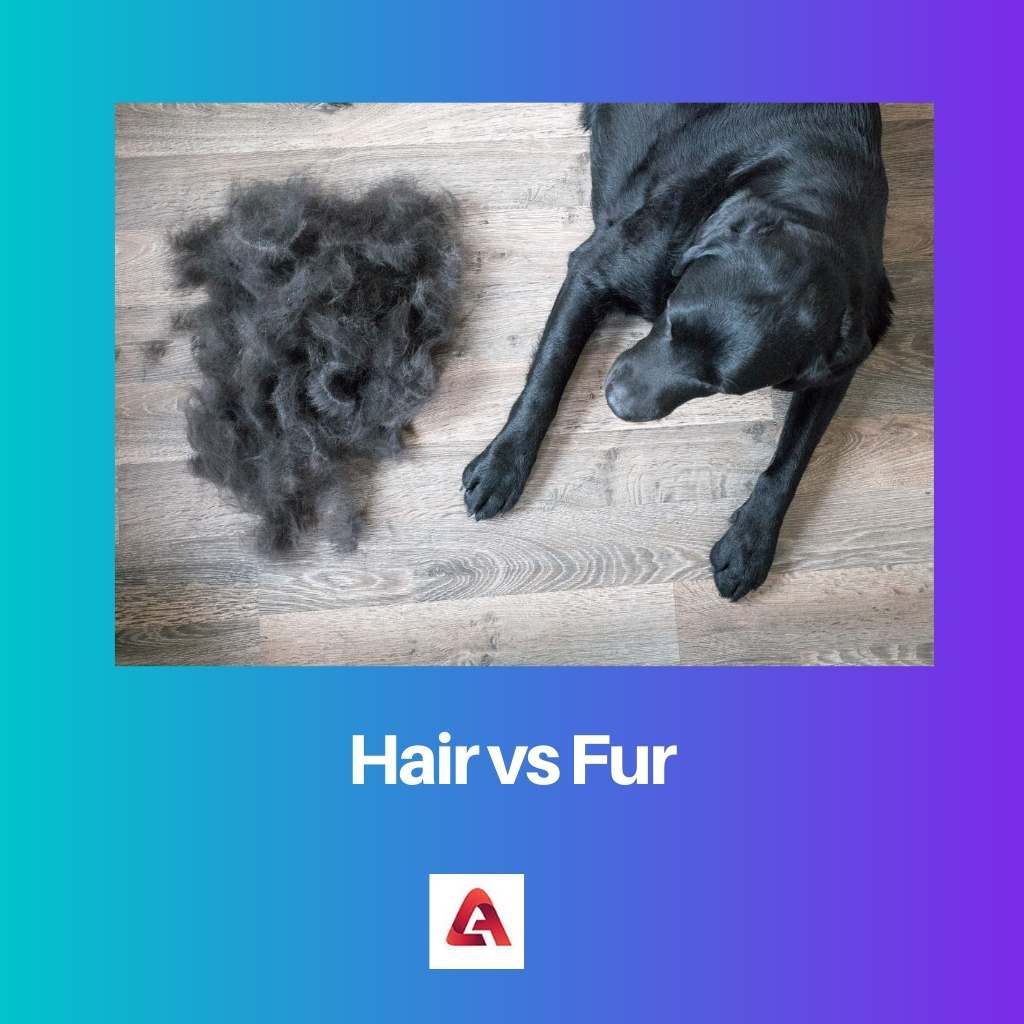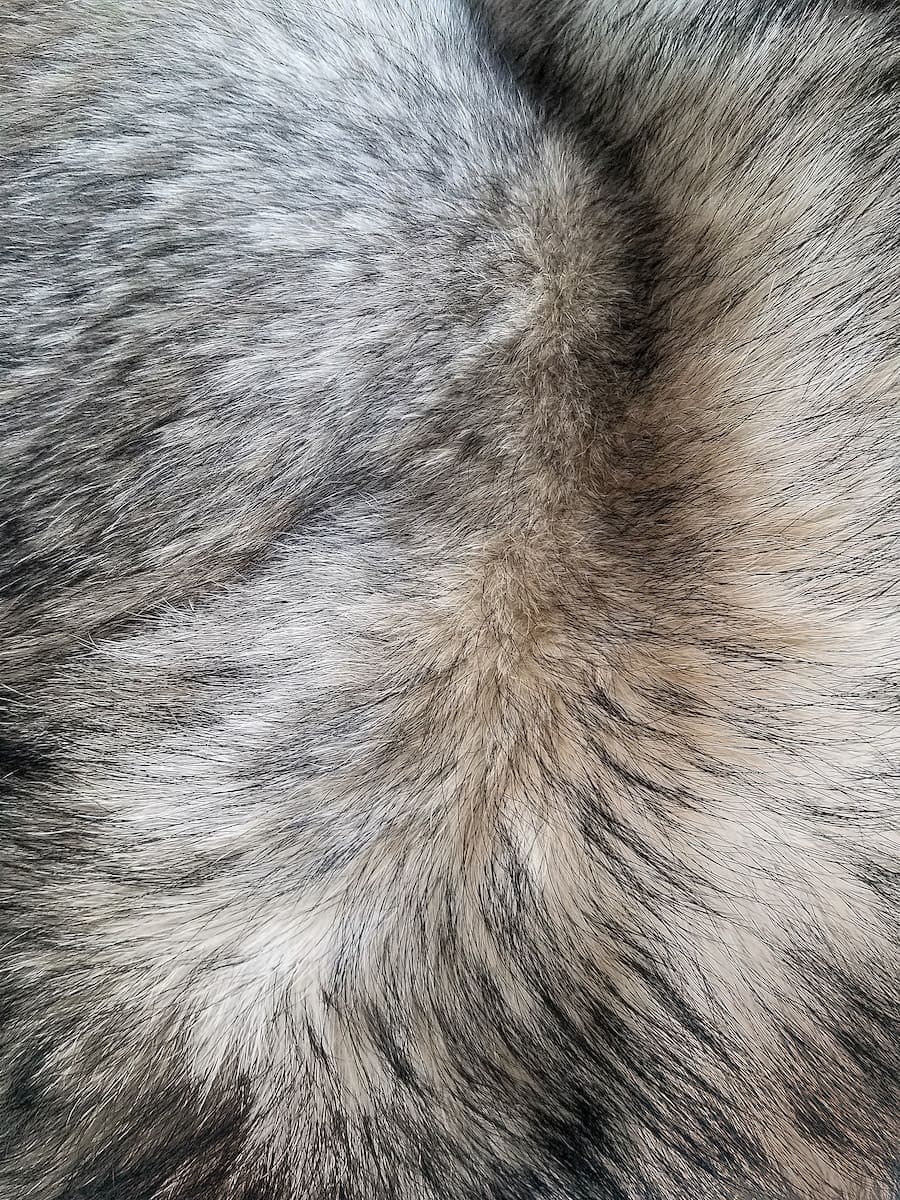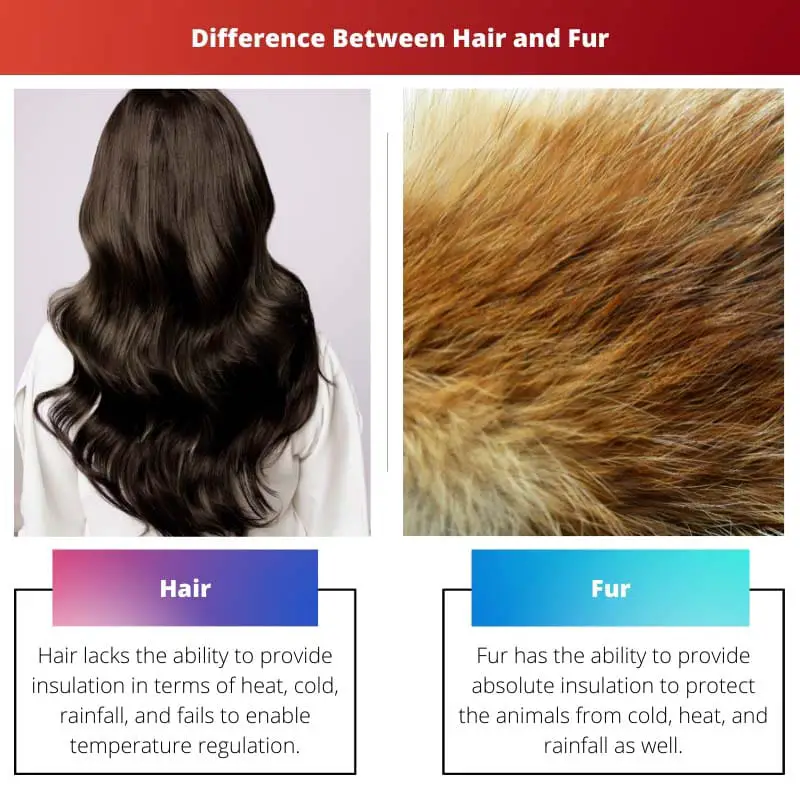Hair is a very important aspect of mammals. It is a layer of protection for many mammals, locks out cold temperatures for them, and for humans also, the hair on the body acts as protection later from harmful UV rays of the sun.
Now a very basic may be held to figure out the differences between Hair and Fur.
Key Takeaways
- Hair grows continuously and falls out individually, while fur grows to a certain length and sheds seasonally.
- Fur provides better insulation and protection against the elements, whereas hair offers less insulation.
- Hair grows slower than fur, leading to less frequent grooming needs.
Hair vs Fur
The difference between Hair and fur is that Hair is composed of keratin and other amino acids, whereas fur is made of oily guard hair and thick underfur. Human hair grows endlessly and is required to get cut, whereas fur grows till a particular point, after which the hair falls out. Unlike fur, hair cannot provide insulation in the context of heat, cold, rainfall, and temperature.

The outgrowth of filament made of keratin through the epidermis is known to be hair. It is bound to the skin with the help of hair follicles. The hair bulb contains cells that divide multiple times for the development of a hair shaft.
Hair growth and hair bulb are nourished by hormones from the blood vessel’s hair bulb.
The thick sheath of hair covering the skins of various animals, specifically mammals, is known as fur. Oily guard hair is found as a layer on the fur, and a thick underfur below the fur.
Guard hair is instrumental in separating moisture and skin, and the underfur is useful for keeping the animals warm.
Comparison Table
| Parameters Of Comparison | Hair | Fur |
|---|---|---|
| Insulation | Hair lacks the ability to provide insulation in terms of heat, cold, rainfall, and fails to enable temperature regulation. | Fur has the ability to provide absolute insulation to protect the animals from cold, heat, and rainfall as well. |
| Growth pattern | The growth of hair is different from that of fur as the growth progression of the hair strands is independent and needed to get cut. | The growth of fur is synchronized and aligned to the temperature, and it falls out after growing at a particular point. |
| Composition and physical features | Hair is composed of the same texture. It is considerably thinner than fur. Hair diameter varies from 17 to 181 μm. | Fur does not have the same texture and has double composition. It has a thicker diameter than that of hair. |
| Uses | It is vastly used for making hair extensions and wigs. Dough conditioner is the resultant product of human hair. | It is used for making clothes, fashion bags or items, knitting yarn, minks, brooms, and several other things. |
| Biological perspective | Hair has the continuous progression of growth and has different densities and softness as compared to fur. | Fur growth stops at a particular point after which the hair falls out. However, the growth progression is more synchronized. |
What is Hair?
The outgrowth of hair is projected between the dermis and hypoderms or the follicles that are also known as hair bulbs. Hair is provided with nutrients, vitamins, mineral salts, nourishment, and vital elements by the blood vessels incarnated in the hair shaft.
Glands, specifically sebaceous glands, play the role of a natural lubricant by producing sebum. Hair is composed of approximately 95% keratin and other amino acids. Hair is structured into three parts- the medulla, cuticle, and cortex.
Melanin is found in the hair cortex, produced by melanocytes (specialized cells) that play a vital role in controlling hair colour. These pigment cells die with ageing, which turns the hair colour grey.
Hair growth is a process containing a cycle with three stages. Anagen, or the growth phase, is the first phase in which each hair strands spend years for growth.
Catagen, or the transitional phase, is marked as the second phase in which hair growth reduces, and hair follicle shrinkage occurs.
Telogen, or the resting phase, is the final phase in which the growth of hair ceases to rest and the hair shreds from the hair follicle. The rate of hair growth is different for everyone, and its average rate is approximately one-half inch in one month.

What is Fur?
The outgrowth of hair from the skin of animals or mammals is known as fur. Fur has comparatively more thickness than that hair. It is composed of thick underfur and oily guard hair with different functions.
The oily guard hair covering the top of the fur helps in resisting the contact of moisture to the skin of the animals.
On the other hand, the thick underfur underneath the fur functions as a blanket that insulates body temperature for keeping the mammal warm.
Fur has different functions in the lives of animals. It is used for sensory purposes, protection, camouflaging, thermoregulation, and others.
The number of insulation changes with the alteration of the density of fur. Fur is composed of three significant layers. The innermost layer is known to be down hair that is used for thermoregulation.
Awn hair is the middle layer of fur which is helpful for thermoregulation as well as water shedding.
The topmost layer of the guard hair helps the animals to display or camouflage, water-repelling, protection from ultraviolet radiation, protection of skin from cuts and scratches, and others.
The use of animal fur for clothing or fashion has been sectioned to be illegal recently.

Main Differences Between Hair and Fur
- Hair has a continuous progression of growth, while Fur growth stops at a particular point.
- Hair does not have the ability to offer insulation, whereas fur can provide insulation to protect the animals from extreme cold or heat and rainfall and also regulates their body temperature.
- The growth of hair strands takes place independently. On the other hand, the growth progression associated with fur is rather synchronized with the change in climatic conditions.
- Hair is composed of the same texture and is thinner than fur. On the contrary, fur has double composition and is thick in nature.
- The application of hair is wide in the fields of making wigs and hair extensions, whereas furs are used to make clothes, yarn for knitting, brooms, and others.

- https://link.springer.com/chapter/10.1007/978-3-642-81650-5_9
- https://onlinelibrary.wiley.com/doi/abs/10.1111/cgf.12830

The detailed information in the article highlights the significant differences between hair and fur. It’s interesting to learn about the functions and uses of fur in animals, especially the layers and their functions.
This article presented a comprehensive view of the differences between hair and fur. It’s intriguing to learn about the insulation, growth patterns, and composition. A very educational read!
I completely agree with your assessment. The biological and physical aspects of hair and fur were explored with great attention to detail in the article. The distinctions between hair and fur are now crystal clear.
I appreciate the comprehensive explanation of the biological perspectives of hair and fur, including the growth phases and the components such as melanin and keratin. This article provides new insights on these topics.
Thank you for this informative article! The distinction between hair and fur has been clearly explained. It’s fascinating to learn about the differences in texture, growth patterns, and insulation. Great comparisons!
This article provided a well-detailed analysis of the biological and physical differences between hair and fur. The detailed information on the composition, growth patterns, and biological perspectives was very enlightening.
The comparison table and the main differences between hair and fur gave a very clear understanding of these aspects. It’s impressive how concise and informative the article is.
This article was exceptional in elucidating the biological structures of hair and fur. The clear comparisons and explanations about the differences add substantial knowledge.
The in-depth comparison between hair and fur provided a clear understanding of the biological and physical characteristics. The use of language and informative content was impressive.